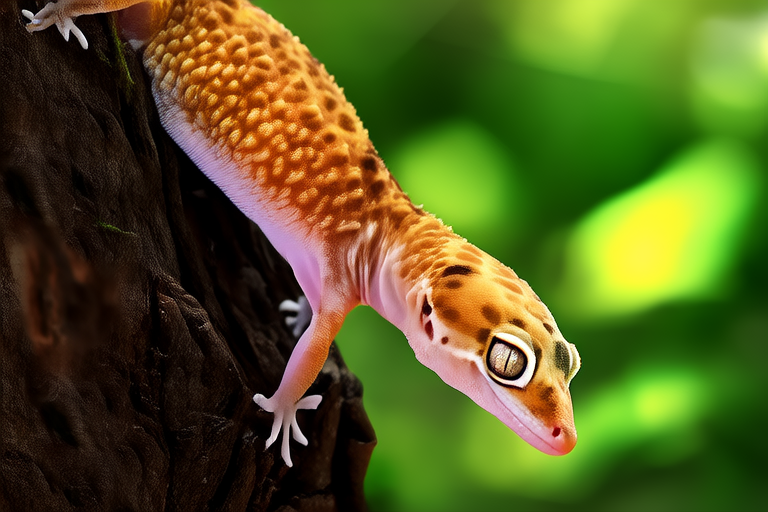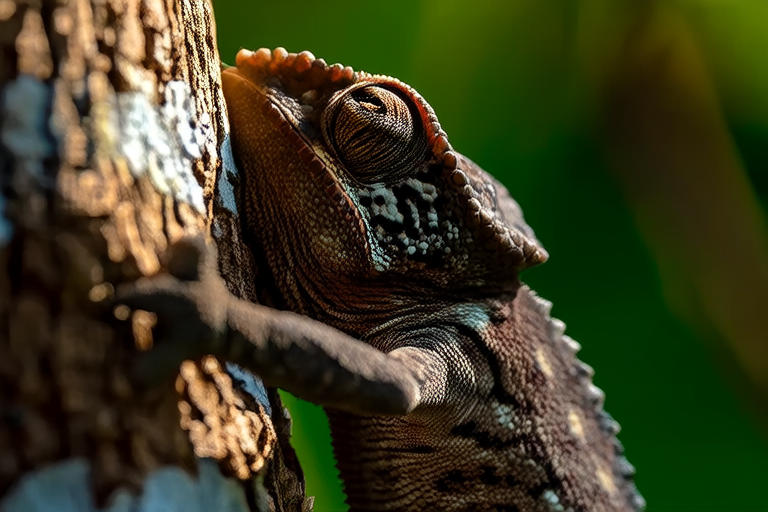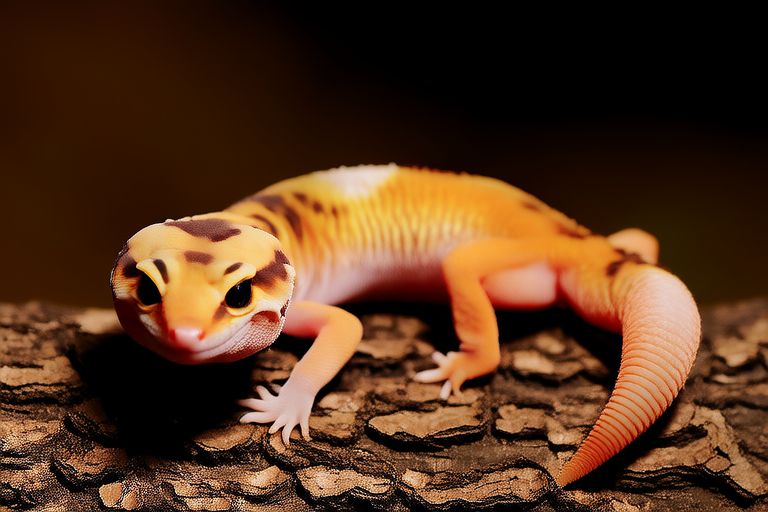
Chameleon Color Changes: Scientific Insights and Conservation Implications
The chameleon’s ability to change color has fascinated humans for centuries. While popular culture often portrays this phenomenon as a simple act of blending into the environment, the science behind it is far more complex. This article delves into the biological mechanisms that enable chameleons to alter their colors, dispels common myths, and explores the various functions of this remarkable adaptation.
Dispelling Common Myths About Chameleon Color Change
A common misconception is that chameleons change color solely for camouflage purposes. While camouflage is indeed one reason, it is not the only function. Another myth is that chameleons can change color to match any background, which is not true. They primarily adjust their hues based on their mood, temperature, and social interactions.
The Role of Chromatophores
Chameleons possess specialized skin cells known as chromatophores, which are responsible for their color-changing abilities. These cells are layered within the chameleon’s skin, each containing pigments that reflect light in different wavelengths. The uppermost layer consists of iridophores, which contain guanine crystals that scatter light to produce structural colors like blues and greens. Below the iridophores are xanthophores, which contain yellow pigments, and erythrophores, which contain red pigments. The deepest layer comprises melanophores, which contain black pigments.
By expanding or contracting these layers, chameleons can control the amount of light reflected and absorbed by each pigment, thus altering their appearance. This process occurs rapidly, allowing chameleons to respond quickly to environmental stimuli.
Different Purposes for Color Change
Camouflage
Camouflage is one of the primary reasons chameleons change color. By matching their surroundings, they can avoid predators and ambush prey more effectively. For example, the veiled chameleon (Chamaeleo calyptratus) can blend into green foliage by activating its green chromatophores. However, this adaptation is not perfect, as some backgrounds may be too complex for a single color to fully match.
Temperature Regulation
Another function of color change is thermoregulation. Darker colors absorb more heat from the sun, while lighter colors reflect it. Therefore, chameleons can adjust their color to maintain an optimal body temperature. For instance, the panther chameleon (Furcifer pardalis) may darken its skin to warm up in cooler temperatures or lighten it to cool down when overheated.
Communication
Color change also plays a crucial role in communication among chameleons. Males use vibrant displays to attract females and intimidate rivals during mating season. Females, on the other hand, may signal their receptiveness or rejection through specific color patterns. For example, male Jackson’s chameleons (Trioceros jacksonii) display bright blue and yellow stripes to compete for mates, while females may show dark brown or black hues to indicate disinterest.
Studies and Expert Opinions
Research conducted by Dr. Devi Stuart-Fox at the University of Melbourne has demonstrated that chameleons use their color-changing abilities for both camouflage and communication simultaneously. Her team found that chameleons can modulate the intensity of their color signals while remaining camouflaged, allowing them to communicate without becoming conspicuous to predators.
Additionally, a study published in the journal Proceedings of the Royal Society B revealed that chameleons can produce up to 11 distinct color patterns depending on their emotional state. These patterns include calm, excited, aggressive, and submissive states, each associated with specific combinations of chromatophore activation.
Examples of Unique Color-Changing Abilities Across Species
Different chameleon species exhibit varying degrees of color-changing ability. The Parson’s chameleon (Calumma parsonii), native to Madagascar, is known for its exceptional range of colors, including bright reds, yellows, and blues. In contrast, the common chameleon (Chamaeleo chamaeleon) found in Europe and North Africa has a more limited palette, typically displaying shades of green and brown.
The Indian flap-legged chameleon (Chamaeleo zeylanicus) stands out due to its ability to extend its feet and tail to enhance its display. This behavior, combined with its vibrant coloration, makes it particularly effective at attracting mates and deterring rivals.
Implications for Conservation and Bio-Inspired Technology
Understanding the mechanisms behind chameleon color changes could have significant implications for conservation efforts. By studying how chameleons adapt to changing environments, researchers may develop strategies to protect endangered species from habitat loss and climate change. Additionally, insights into chameleon coloration could inspire new materials and technologies, such as adaptive camouflage systems for military applications or energy-efficient coatings for buildings.
In conclusion, the chameleon’s ability to change color is a multifaceted adaptation that serves various purposes beyond mere camouflage. By exploring the underlying biology and ecological context of this phenomenon, we gain valuable knowledge about these fascinating creatures and open doors to innovative solutions in both conservation and technology.





